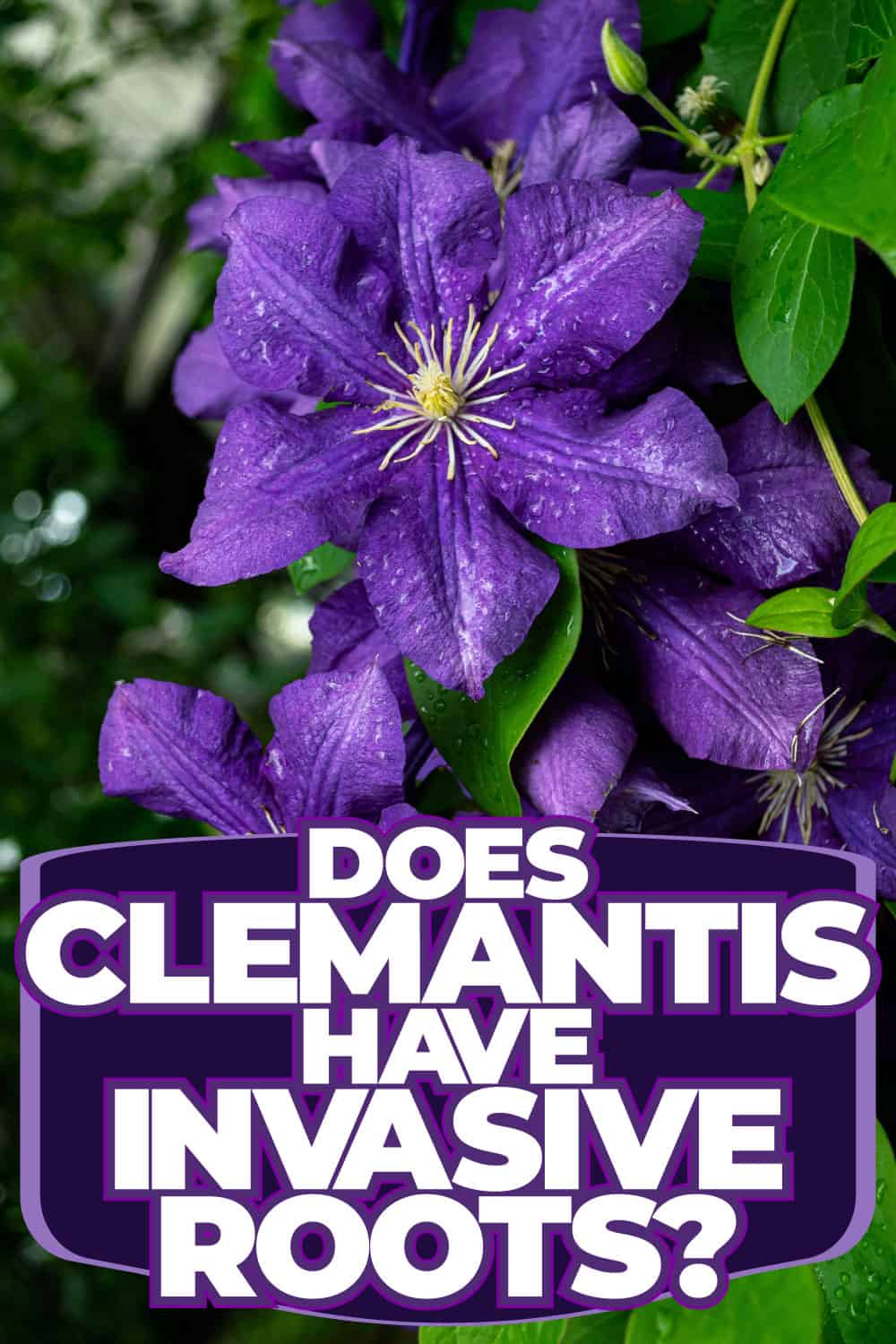Thinking about adding clematis to your outdoor oasis? We don't blame you - this climbing plant is stunning.
But before you head out to purchase this plant, let's talk about its roots.
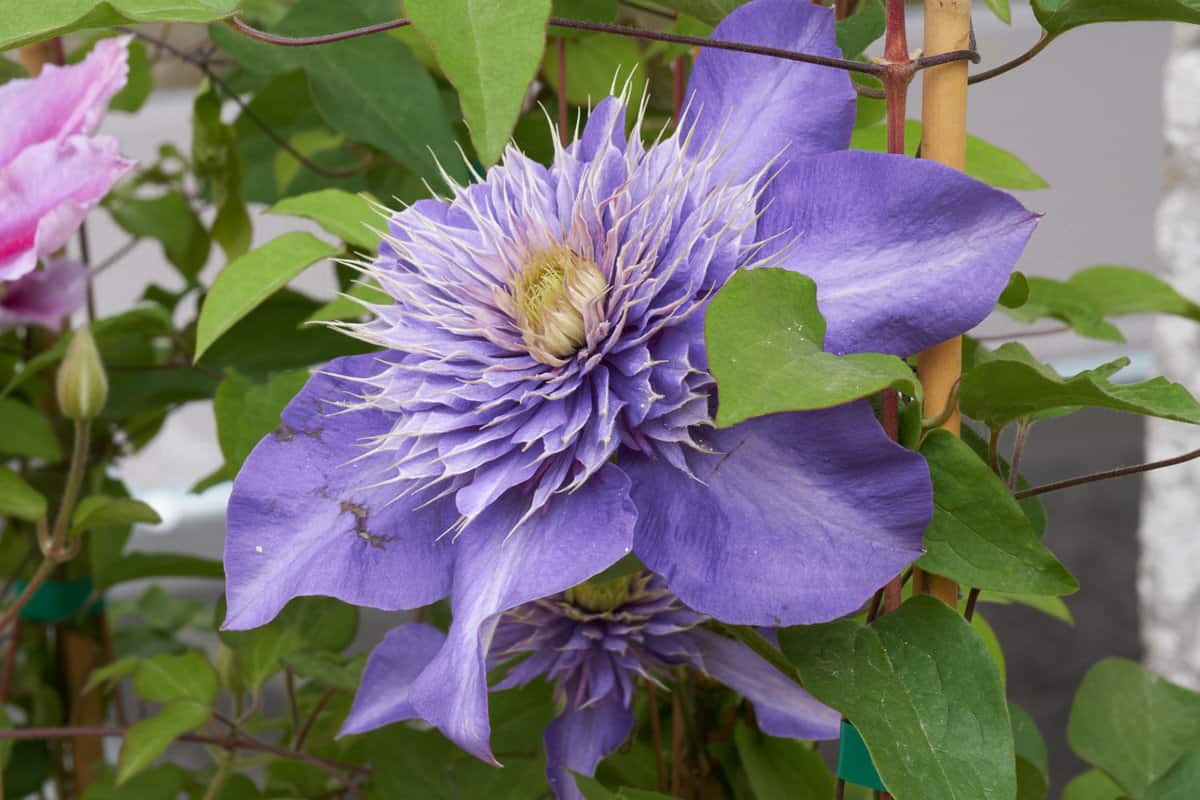
Are they invasive? The answer is: it depends.
While clematis roots are generally not invasive, they can cause problems if they're planted too close to other plants or structures.
Clematis roots typically grow about 2 feet deep and wide, forming a dense network of fibrous roots with few feeding roots.
This helps to stabilize the plant and allows it to take up water and nutrients from the soil.
However, if you plant clematis too close to other plants or structures, its roots can compete with them for resources and cause damage.
So, if you're planning to plant clematis, it's important to choose a location that's far enough away from other plants and structures to prevent any potential damage from its roots.
With proper planting and care, clematis can be a beautiful addition to your garden without causing any invasive root problems.
Understanding Clematis
Origin and Types of Clematis
Clematis, also known as, Clematis gracilifolia, is a genus of flowering plants that belong to the buttercup family.
There are over 300 species of clematis, and they are native to many parts of the world, including Europe, Asia, and North America.
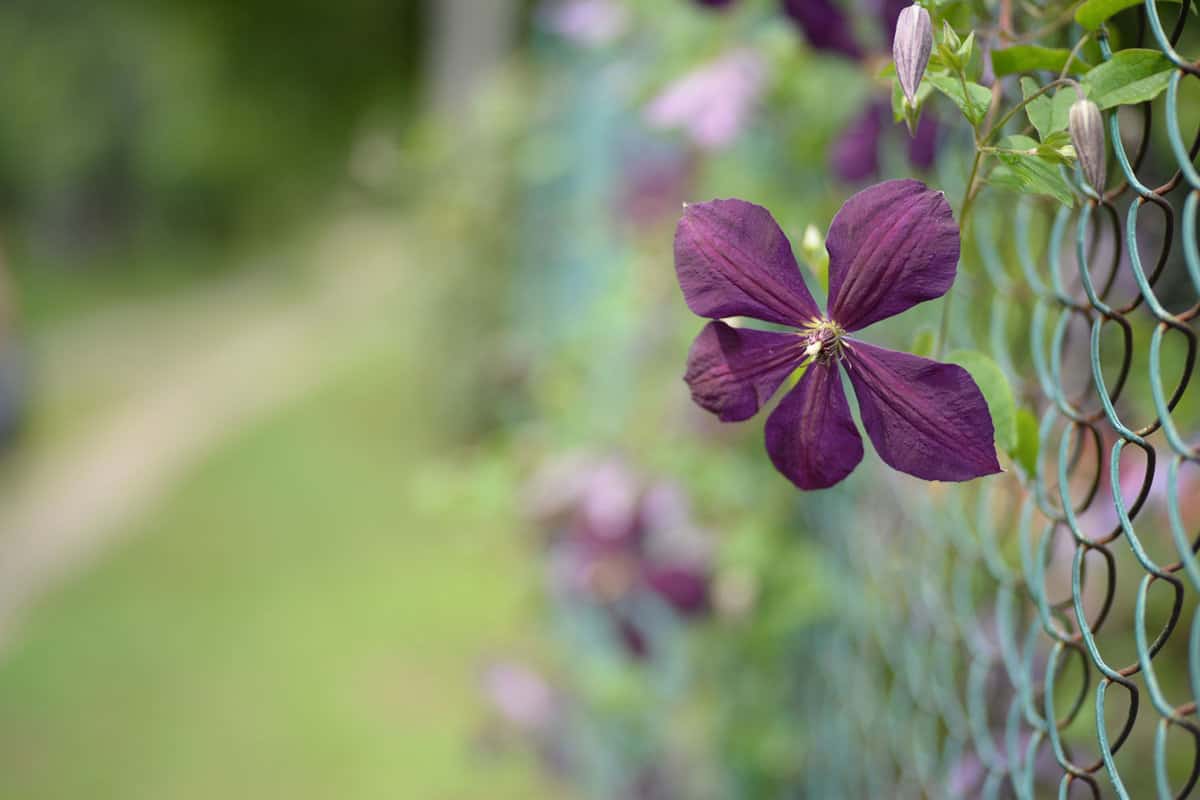
These stunning plants produce showy blooms in a wide range of colors, including pink, purple, red, and white.
While the small-flowered hybrids are also popular, the large-flowered varieties are often considered the most impressive due to their size and vibrant hues.
Growth and Characteristics
Clematis is a climbing plant that can reach heights of up to 30 feet. They are known for their deep-rooting habit, which allows them to anchor themselves firmly in the soil and absorb nutrients and water from deep within the ground.
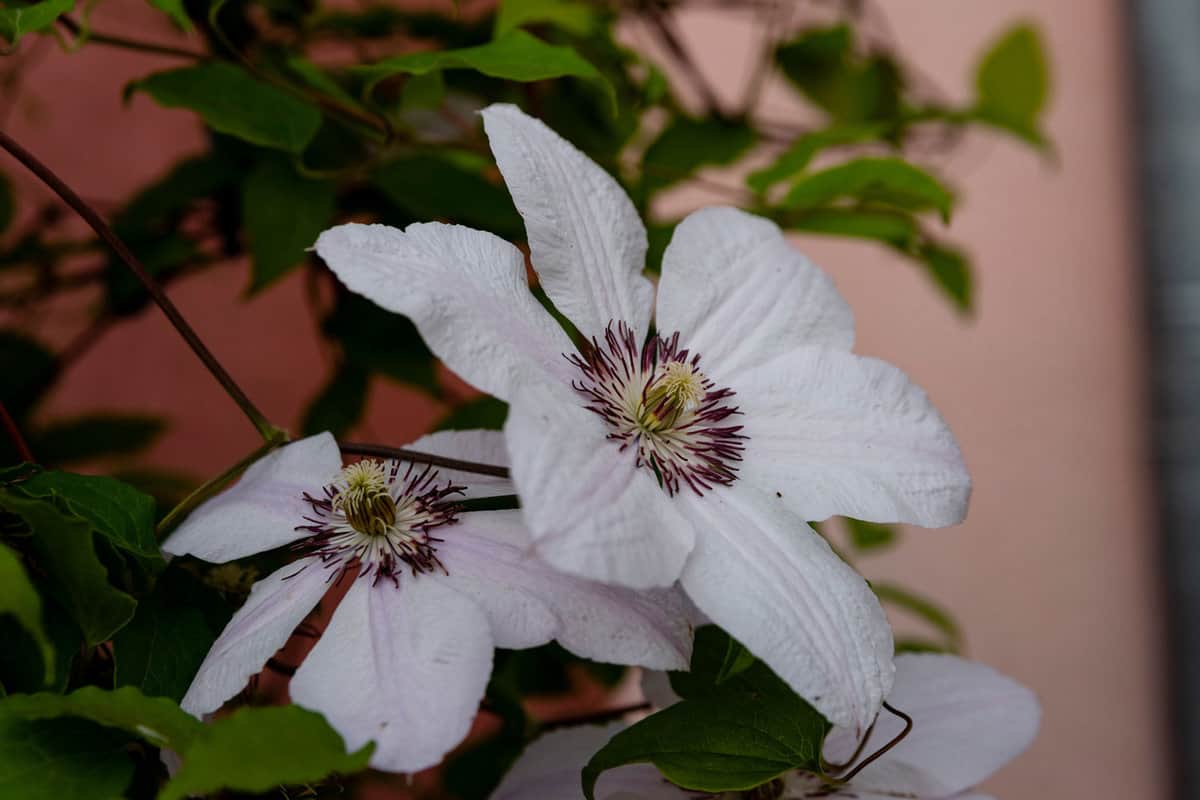
Clematis is a fast-growing plant that can produce an abundance of flowers in the right conditions.
They prefer well-drained soil that is rich in organic matter, and they require regular watering during the growing season.
Clematis is a hardy plant that can survive in a wide range of climates, from temperate to sub-tropical.
Best Flowering Clematis:
- 'Nelly Moser'
- 'Jackmanii'
- 'The President'
- 'Niobe'
- 'Duchess of Edinburgh'
While clematis is generally a well-behaved climbing plant, some varieties can spread quickly and aggressively.
Here are a few examples of clematis varieties that are known to be vigorous growers:
- 'Sweet Autumn'
- 'Polish Spirit'
- 'Etoile Violette'
- 'Rooguchi'
It's important to keep in mind that while these varieties can be aggressive growers, they can also be stunning additions to your garden if properly managed.
Related: When To Transplant Clematis—And How To
Clematis and Invasive Roots
The Root System of Clematis
The root system of clematis consists of a dense network of fibrous roots with few feeding roots.
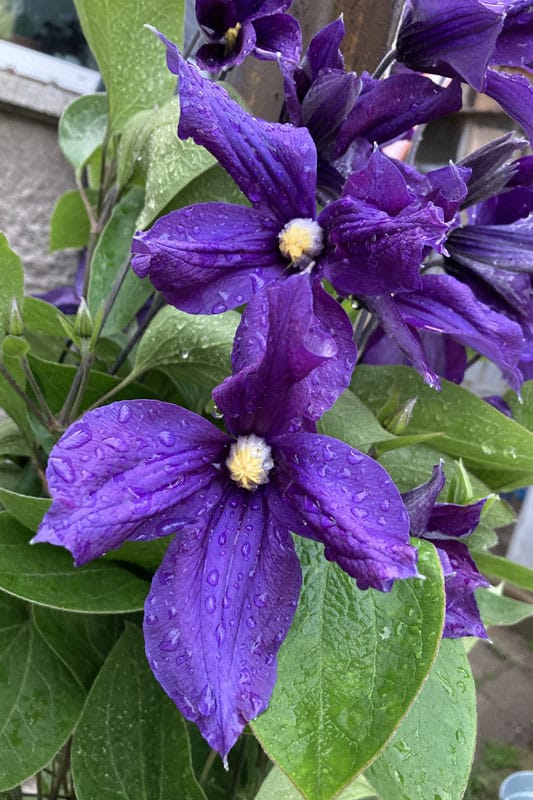
These fibrous roots take up water and nutrients from the soil and generally grow about 2 feet deep and wide. This helps to stabilize the plant and provides a strong foundation for the vine to grow.
Potential for Invasiveness
While clematis is not typically considered an invasive plant, it is important to note that some varieties can have aggressive growth habits.
This means that they may spread out and take over nearby plants or areas of the garden.
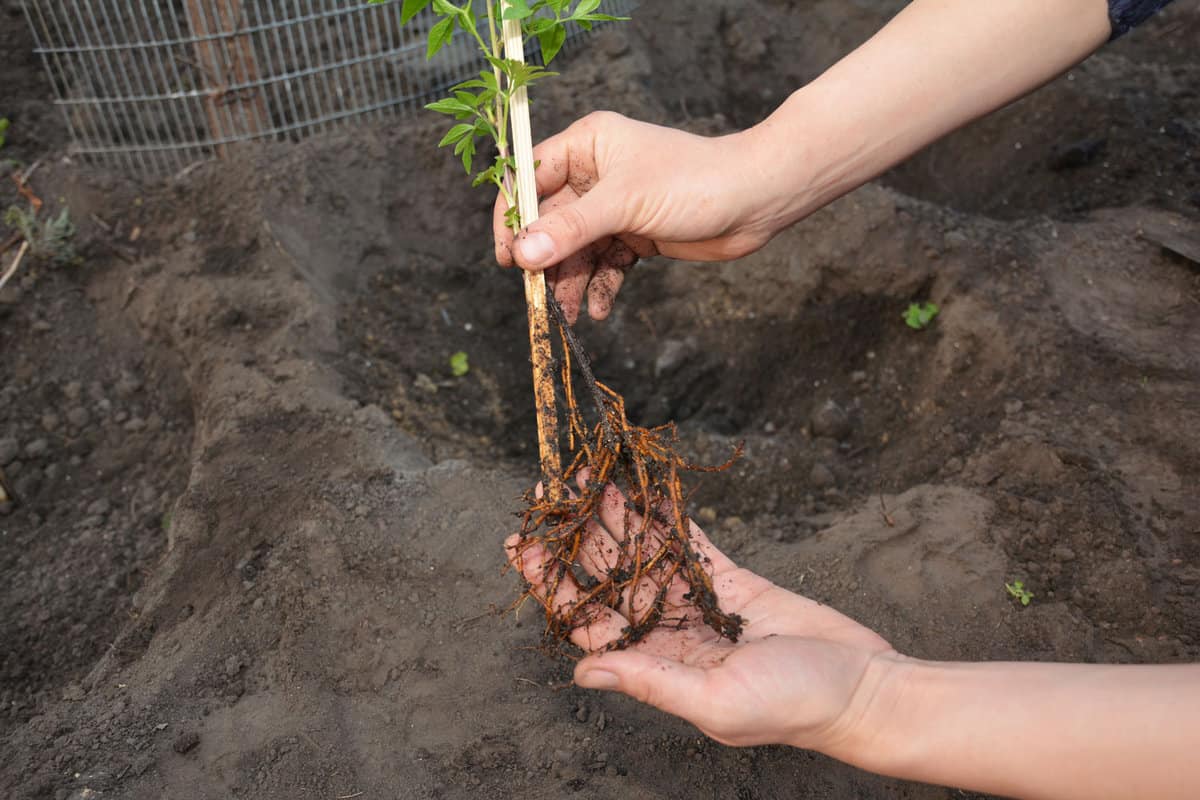
It is important to choose the right variety of clematis for your garden and to provide proper care to prevent any potential for invasiveness.
Consider planting clematis in a container in order to provide some form of root barrier. This will help contain the plant's growth and prevent it from spreading too far.
Always keep an eye on the plant and maintain it regularly.
Managing Clematis
Can You Plant Clematis Close to Your House?
If you're thinking about planting clematis close to your house, don't worry - with the right care, it's definitely possible! Here are some reminders to help you get started.
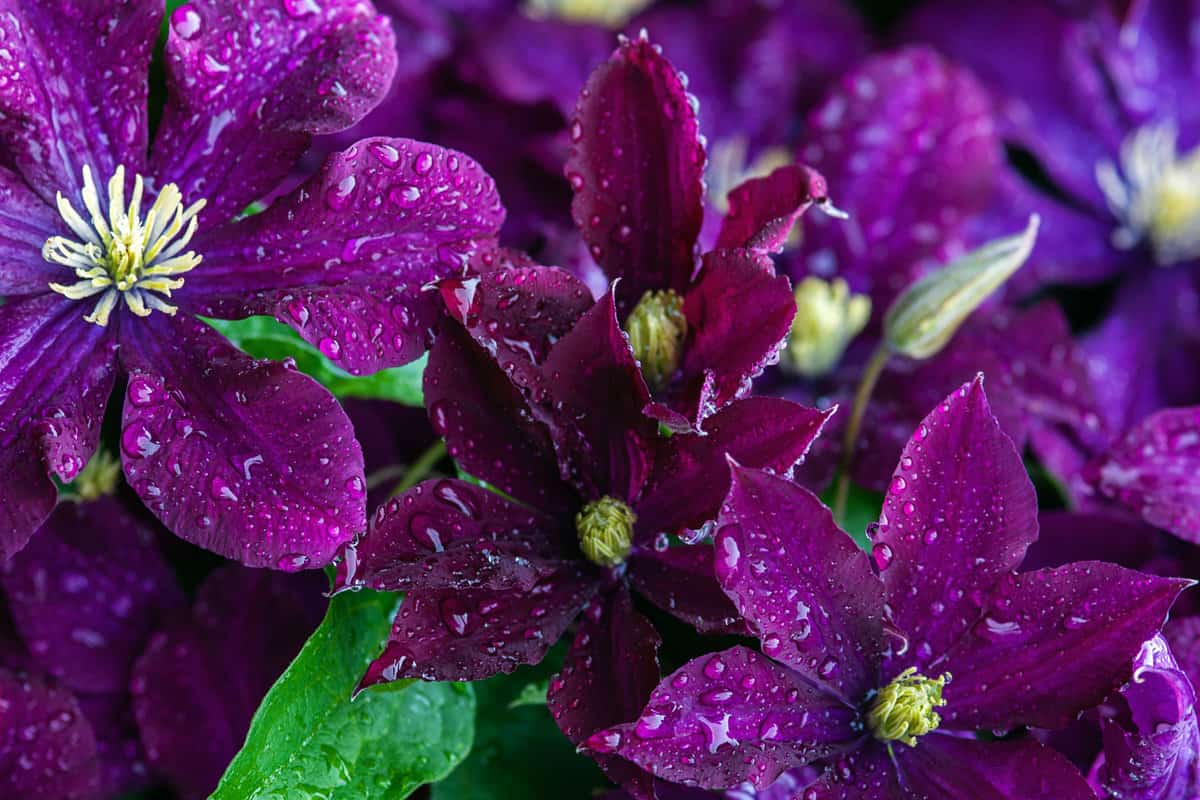
Choose the right location
Clematis prefers a location that receives full sun or partial shade, with well-draining soil that is rich in organic matter.
Avoid areas with wet or waterlogged soil, and make sure there's enough space for the plant to grow without causing damage to your home.
Provide support
Clematis is a climbing plant that needs a sturdy support structure such as a trellis, wall, fence, or pergola to climb. Make sure to choose a structure that can support the weight of the plant as it grows.
Consider the climate
Different varieties of clematis have different temperature and climate preferences. Be sure to choose a variety that is well-suited to your specific climate.
Planting depth
When planting clematis, make sure to plant it at the right depth. The top of the root ball should be about 2 inches below the soil surface.
Watering and fertilizing
Clematis needs regular watering and fertilizing to thrive. Water deeply once or twice a week and fertilize with a balanced fertilizer every 4-6 weeks during the growing season.
Maintenance and Control
Clematis can be a low-maintenance plant, but regular care and maintenance can help ensure that it grows healthy and strong.
You can also try pruning your clematis to help control its size and shape and promote healthy growth.

Clematis can be divided into three pruning groups based on their bloom time, and each group requires a different pruning technique.
Be sure to research the specific pruning requirements for your clematis variety.
Keep an eye out for any signs of pests or diseases as well. Common pests that affect clematis include aphids, spider mites, and slugs.
To control these pests, you can use insecticidal soap or neem oil.
Diseases such as powdery mildew and wilt can also affect clematis, so be sure to monitor your plant for any signs of these issues and take appropriate measures to control them.
Related: What To Plant Under My Clematis? 6 Ideas To Consider
Wrapping Things Up
While clematis roots are generally not invasive, choose the right location and provide proper care to prevent any potential damage from its roots.
With the right planting and care, clematis can thrive and produce an abundance of showy blooms in a wide range of colors.
Clematis is an excellent choice for adding color and beauty to your outdoor oasis.
Remember to choose the right variety for your garden, provide support, and maintain it regularly to ensure it stays healthy and beautiful for years to come.
